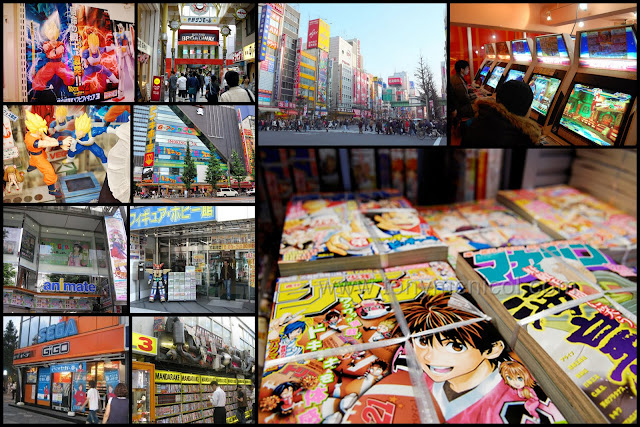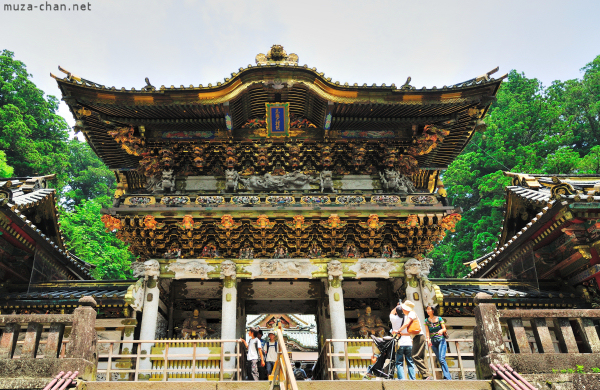Ever since I can remember, I’ve been
interested in Japanese culture. The name
of this blog: Sakura Memories goes along with my feelings for the country. Sakuras/Cherry Blossoms are very ionic in Japan, but they have a very important
meaning to me as well. Due to all of the
Sakura Blossoms in the Japanese related interests I have, it has become
a symbol of how my love for Japanese culture began. Therefore, these memories are the reasons I want to Travel to
Japan.
How I was introduced to Japan Culture:
When I was around 5 years old, I started
watching a child based tv show called Hello Kitty (which a very famous Japanese
figure). During this time, a lot of
Japanese shows started to appear on TV (at the time, I was too young to understand
that they were Japanese). Anime shows
like Dragon Ball, Sailor moon and Card Captor Sakura were the anime (Japanese
cartoon shows) that started by fixation with all things Japanese.
After these shows ended, I started to watch
more anime shows such as Pokemon, Digimon, Inuyasha, etc. All of these shows were English dubbed, and
it wasn't until High School that I started to watch the orginal Japenese
episodes with English subtitles (much better!!). It was also around this time I was introduced
to my current number one anime/manga: Naruto.
Manga is the word used to designate any Japanese comics. It was only
a couple months later, that I was reading weekly manga updates on Naruto and
others series.
I was usually drawn to Shonen
mangas, which is usually a ‘boy’ focused genre due to the amount of violence
and action. The most popular mangas
internationally are Shonen (ex. Dragon Ball, Naruto, Bleach), and the subject
matter varies widely going from super heroes to high school student
adventures. These types of action
stories were always interesting to me since, in manga, heroes are usually naive
and pure at heart. Enemies, on the other
hand, are evil but due to the hero’s influence they end ip revealing their good
side. In comparison, Western superhero comics, the good stays good and the bad stays and dies a bad! (I would know since I also read a lot of Marvel comics when I was younger...yes, I’m a nerd)
Although manga started to become very
popular, and sold in every bookstore, I never found anyone with the same
interest as me (This could also be due to living in an area with no
minorities...). When I came to
University, this all changed. I met
my roommate Alex, and it was awkward at first, since she was alittle hard to
approach. It wasn’t until I was reading
my weekly naruto update (and trying in vain to hide it from her), that she
snatched the computer and turned to me with a squeeled; “You read this too?!” We then had an OMG moment, and became fast best friends.
With another manga/anime fan, I had no
need to hide it, and soon enough other anime lovers on my floor started to
approach us. Mansi and Lisa, were the
next girls that I related to and made my love for Japanese culture grow
more. Mansi introduced me to my other
favourite shonen manga: Bleach, and she soon started to introduce me to other
shonen anime/manga. Alex, on the other
hand, only likes one or two shonen but loves her shojo mangas. Shojo manga are directed to teenage girls and
are best described as Japanese love focused soap operas in comic book form. Before Alex, the only shojo genera I loved
were Card captor Sakura and Sailor moon (although these have alot of action in
them, more so then regular shojo manga).
Lisa was a little bit different in broadening my interest in Japanese
culture. She introduced me to Jpop
(Japanese pop) and Jdoramas. Japanese
dramas, Jdoramas, are the interconnection of manga, anime, movies and
music. Most famous dramas are based on a
manga, but many have original storylines.
These dramas are usually 10 episodes long, and can be best described as
a mini-series or sitcom.
After becoming friends with these girls,
we had a dream to go to Japan together.
Before all of us turn 30, we would go to Japan, since it’s been a
place that has been influencing us in so many ways since childhood. It would be my final childhood dream, before
I officially become an adult.
 |
Left
to Right: Sakura blossoms, Bleach, Inyuasha, Card Captor Sakura, Naruto,
Death Note, Dragon Ball Z, Sailor Moon, Dragon ball, Vampire Knight, Hello Kitty |
10:44 PM |
Category: |
0
comments



















